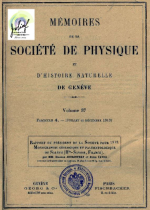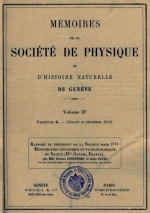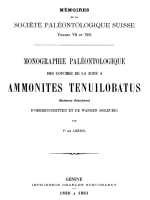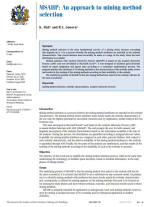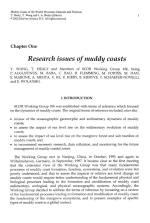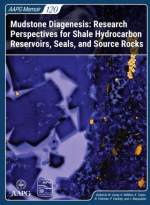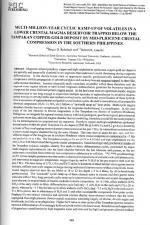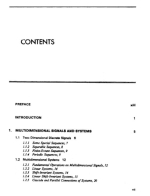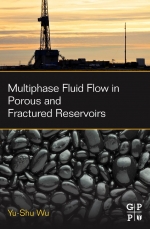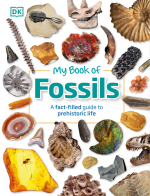Ce travail, commencé en mars 1908, a été achevé en août 1913. M. le professeur Schardt, qui avait lui-même étudié le Salève durant son séjour à Genève, nous poussait à faire une étude détaillée de cette chaîne, ayant reconnu que les études antérieures étaient incomplètes. D’autre part, depuis longtemps, M. Bedot, directeur du Muséum d’histoire naturelle de Genève, nous engageait à publier une description géologique des montagnes des environs de Genève. Ces suggestions nous ont décidés à entreprendre une étude détaillée du Salève et des Pitons, en limitant nos recherches au territoire figuré sur la carte de Perron.La découverte d’une erreur de date ancienne, concernant la limite des systèmes jurassique et crétacé, nous a conduits à pousser aussi loin que possible l’étude stratigraphique, qui est particulièrement favorisée par la disposition des couches dans la montagne qui nous occupe. On y peut voir, en effet, sur une épaisseur de 600 mètres, une série horizontale de couches échelonnées de la base du Kimeridgien au Barrémien inférieur, dans des affleurements où les moindres couches sont visibles, ce qui permet de prendre des mesures exactes de leur puissance. <...>


